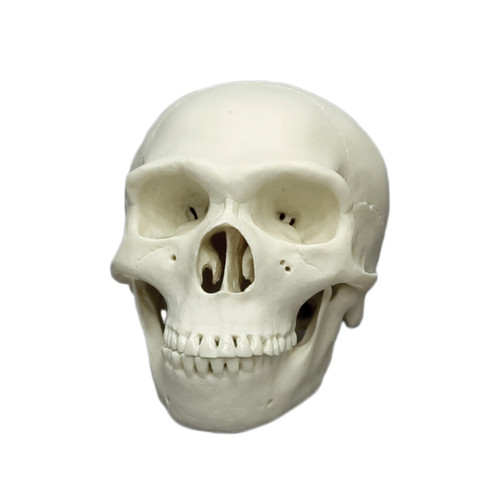Homo neanderthalensis skull La Ferrassie 1 (50,000 years).
The Homo neanderthalensis skull La Ferrassie 1 was discovered in France in 1909 and described that same year by Capitan and Peyrony.
A more thorough study of the La Ferrassie skeleton was published in 1976 by Heim.
La Ferrassie is considered to be a "classic" Neanderthal, having features that best represent the features of its anatomy, including a low-vaulted cranium with projecting face and low forehead, pronounced double brow ridge, wide cheekbones, weak chin, heavily worn front teeth, a substantial nasal opening, and very large brain capacity (more than 1,600cm3).
Some consider Neanderthal not much more than a subspecies, Homo sapiens neanderthalensis, of Homo sapiens, and that, rather than becoming extinct, they were absorbed into the modern human population.
Others consider them a separate species, H. neanderthalensis, that eventually became extinct. Neanderthals are thought to have lived between 200,000 and 30,000 years ago.
Dimensions: 23L x 15.1W x 18.5H (cm)
Notes:
- A stand is available by enquiry, sold separately
- A half-scale model of the H. neanderthalensis skull is also available







